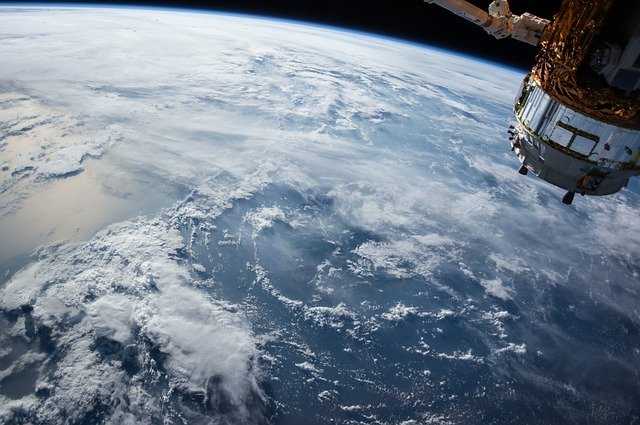The National Aeronautics and Space Administration (NASA) is encouraging Capetonians to see whether they can ‘spot the Space Station’ between Wednesday, May 6 and Friday, May 22.
Those who haven’t been participating and have missed out until now may still be able to spot the International Space Station (ISS)as it makes its way over the country.
The last ISS sighting would have been visible last night [May 13]. The next sighting is scheduled for Wednesday, May 20.
Here is a breakdown of when the space station will be visible, along with what to look out for:
Wednesday, May 20 at 6.39pm
Visible: 2 minutes
Max height: 16
Appears: 16 above north-west
Disappears: 10 above north
Thursday, May 21 at 5.53am
Visible: 1 minute
Max height: 13
Appears: 10 above north north-east
Disappears: 13 above north-east
“What am I looking for in the sky?”, you may ask. This is how you spot the space station:
Time is when the sighting opportunity will begin in your local time zone. All sightings will occur within a few hours before or after sunrise or sunset. This is the optimum viewing period as the sun reflects off the space station and contrasts against the darker sky.
Visible is the maximum time period the space station is visible before crossing back below the horizon.
Max Height is measured in degrees (also known as elevation). It represents the height of the space station from the horizon in the night sky. The horizon is at zero degrees, and directly overhead is ninety degrees. If you hold your fist at arm’s length and place your fist resting on the horizon, the top will be about 10 degrees.
Appears is the location in the sky where the station will be visible first. This value, like maximum height, also is measured in degrees from the horizon. The letters represent compass directions — N is north, WNW is west by northwest, and so on.
Disappears represents where in the night sky the International Space Station will leave your field of view.
Find the rest of the sighting opportunities here.
Picture: Pixabay

